We use cookies to make your experience better. To comply with the new e-Privacy directive, we need to ask for your consent to set the cookies. Learn more
Part 2 : The Equine Digestive System | stomach and small intestine
The Equine Digestive System: the stomach and small intestine
Horses are designed to eat small amounts of food often. With domestication they now tend to consume larger amounts of feed once or twice a day. This can have a negative effect on their health as the equine digestive system works much better with constant grazing.
The Stomach
The horses’ stomach has a capacity of 9-15 litres. When food enters the stomach it gets broken down by hydrochloric acid and pepsin. Normally hydrochloric acid mixes in the stomach, the fermentation slows down and eventually stops. If this does not occur and fermentation continues and the stomach fills with gas, this can cause colic or a ruptured stomach lining.
The bolus of food and saliva mixes with the acid produced by stomach. With the modern day feeding schedule, horses stomach are virtually empty for longer periods. When the horses’ stomach is empty the acid destroys the squamous cells of the stomach and can lead to ulcers. Studies have shown that over 80% of thoroughbreds have some degree of stomach ulceration. Stomach ulcers can affect horse’s appetite, behavior and performance. Feeding horses a higher proportion of roughage in their diet, small frequent meals and allowing them to graze will dramatically reduce stomach ulcers.
In regards to the feeding routine, there is some debate over feeding grain or hay as the first meal but it hasn’t been proven yet whether one is more beneficial. Another question is whether a horse should get water before or after a meal. If you leave it up to the horse it will usually drink a little as it eats, if consuming dry feeds. The best recommendation is to offer fresh clean water at all times.
The Small Intestine
Digested food passes from the stomach into the small intestine which is 15-22 metres long, holds 55-70 litres. There are many processes involved in food digestion; enzymes digest the food, proteases break down proteins, lipases and bile break down fats. After food has been digested it absorbs through the walls of the small intestine using the blood stream to travel to where nutrients are needed.
Food takes 3-4 hours to pass through the small intestine. The quicker it moves, the less time the enzymes have to act on it. The addition of oil to a horse’s diet can slow the flow of food therefore helping to maximise digestion. Horses are very susceptible to colic or death from toxic materials feed. Unlike cows that can detoxify materials before they reach the small intestine, a horse can consume a toxin and have it enter the blood stream before it can be detoxified. It is very important not to feed horses mouldy or spoiled food.
Poor quality protein can’t be digested well by the small intestine so will tend to make its way through to the large intestine. However, once processed here it cannot be utilised to any great extent by the horse. Horses with a high demand for protein – foals and lactating mares – must be fed good quality protein as this can be broken down and absorbed better in the small intestine. It is not a matter of increasing the quantity of protein but simply increasing the quality.
Part 1 : The equine digestive system: the mouth and oesophagus

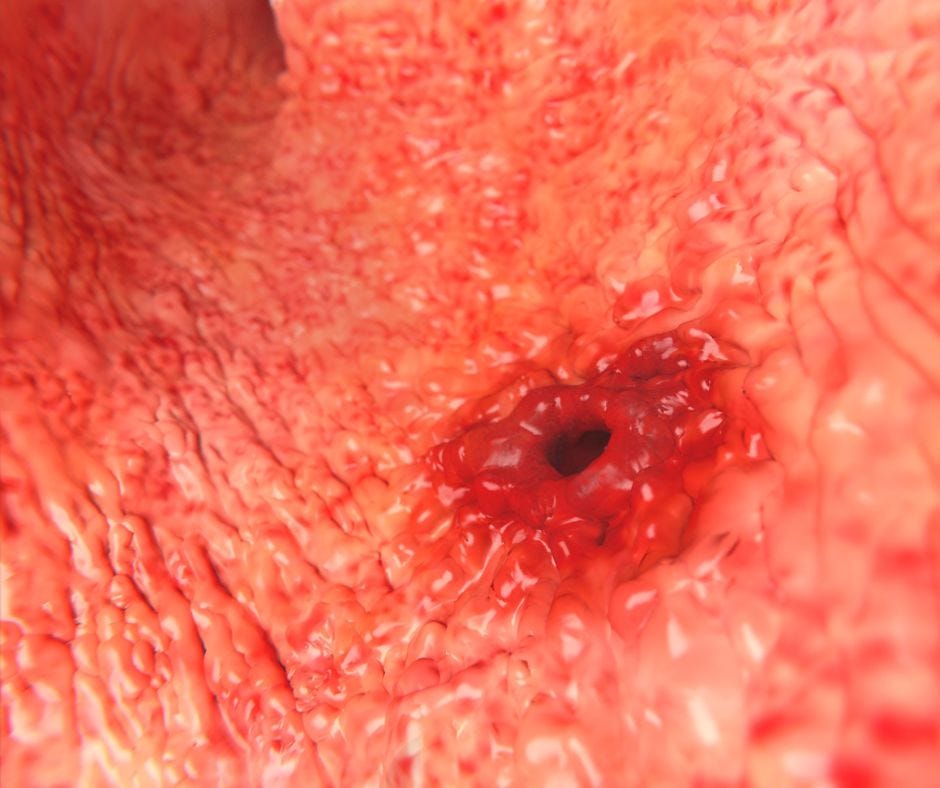
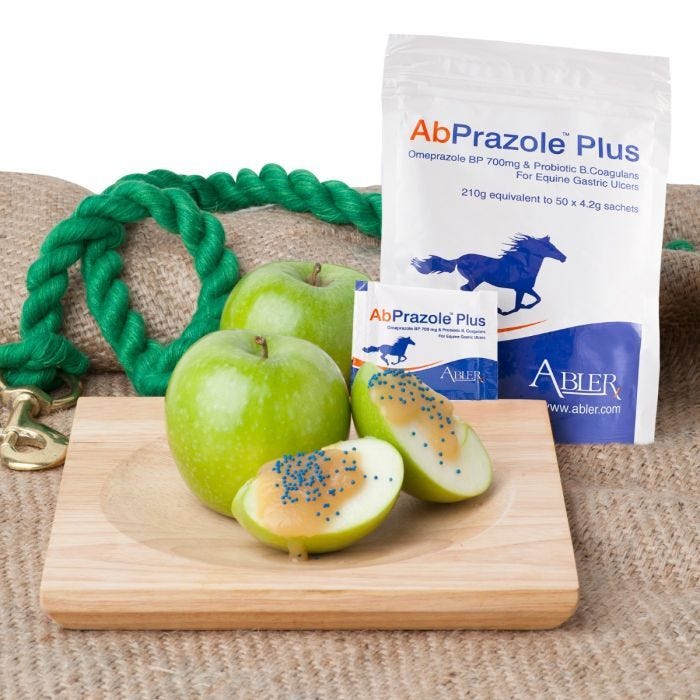
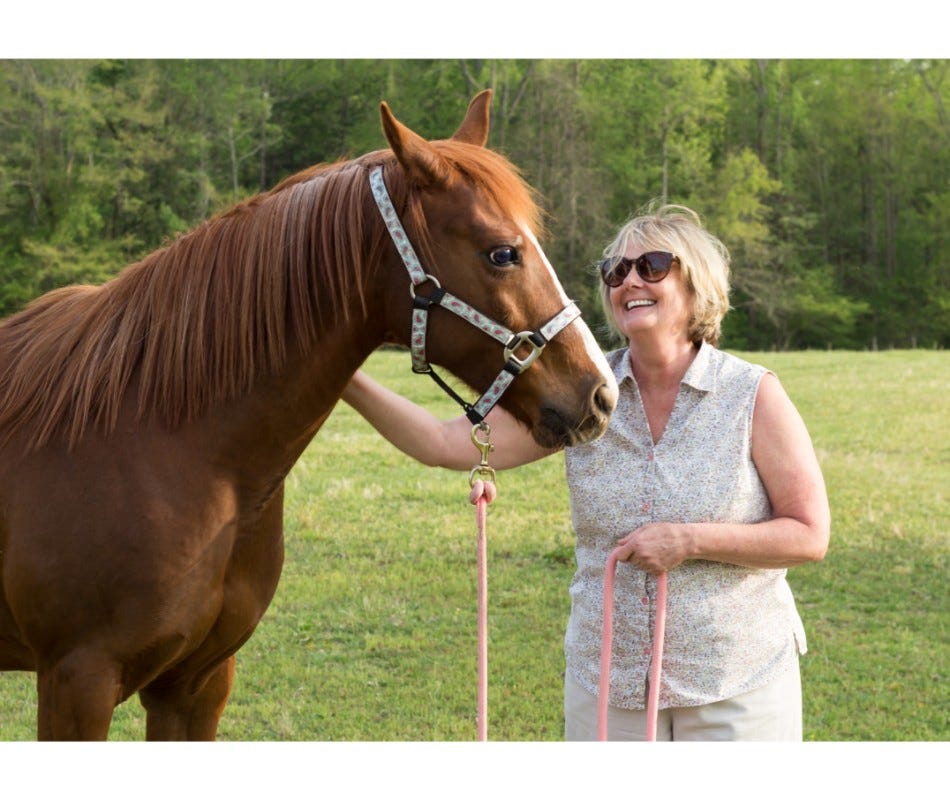
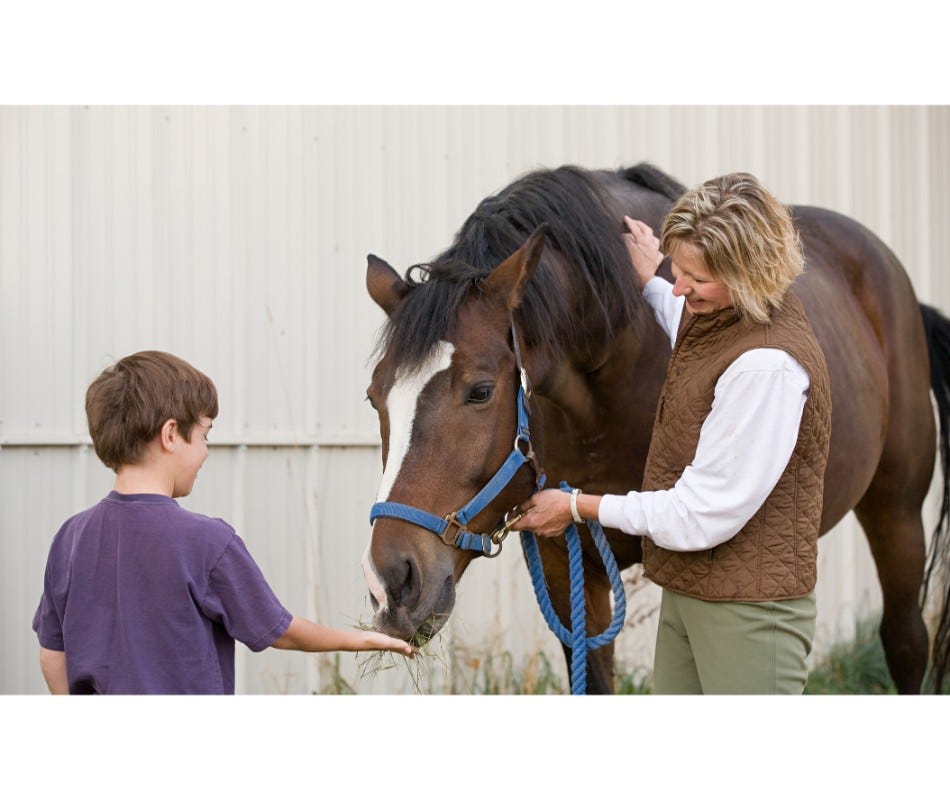
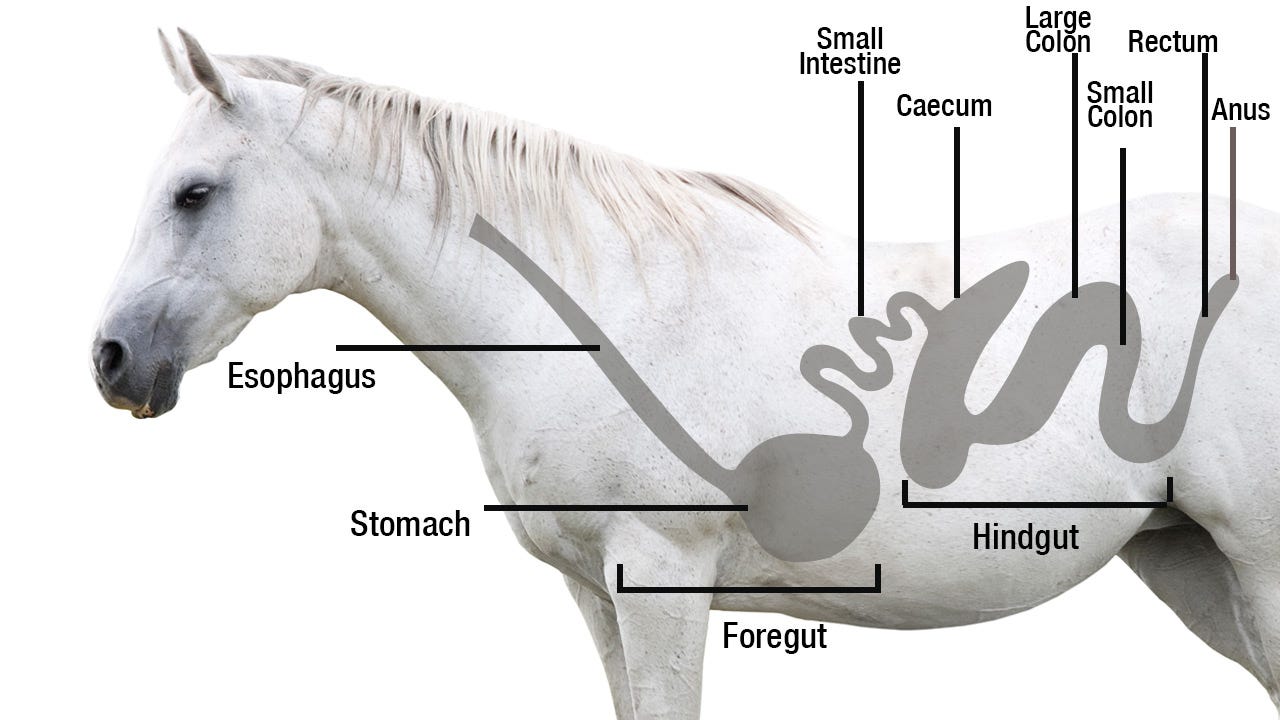
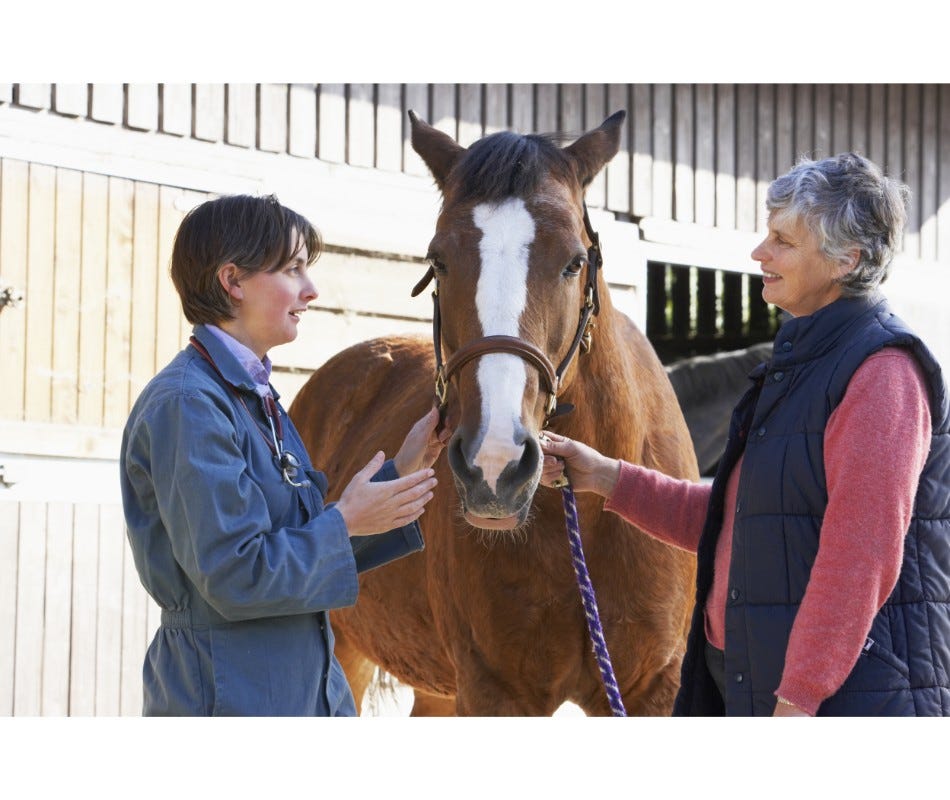
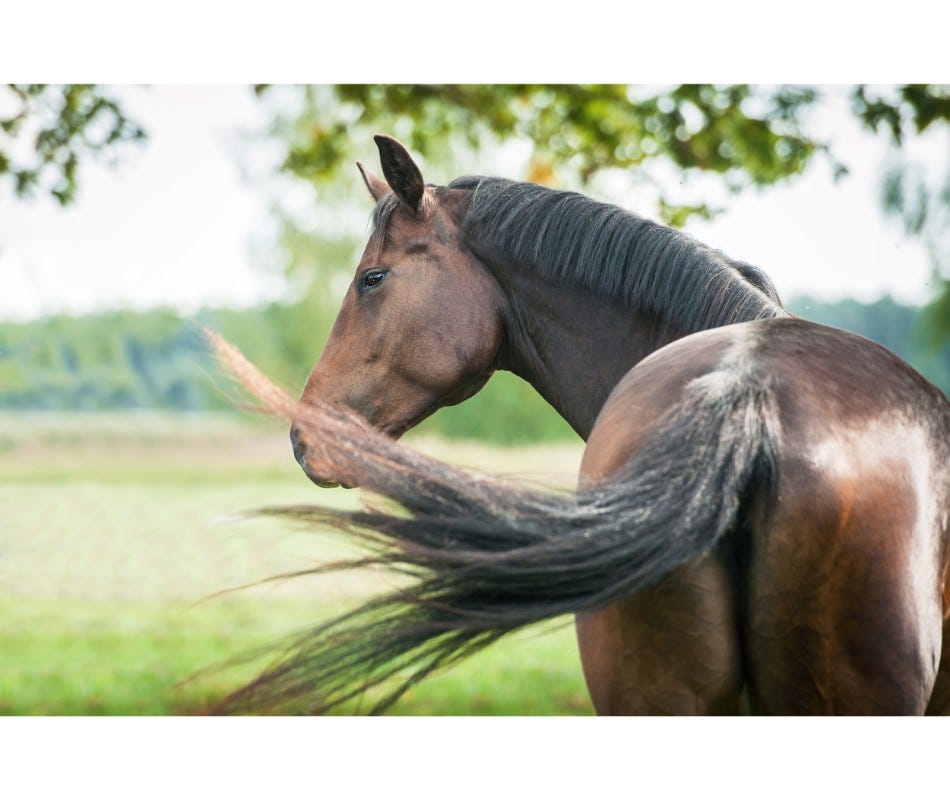
Validate your login